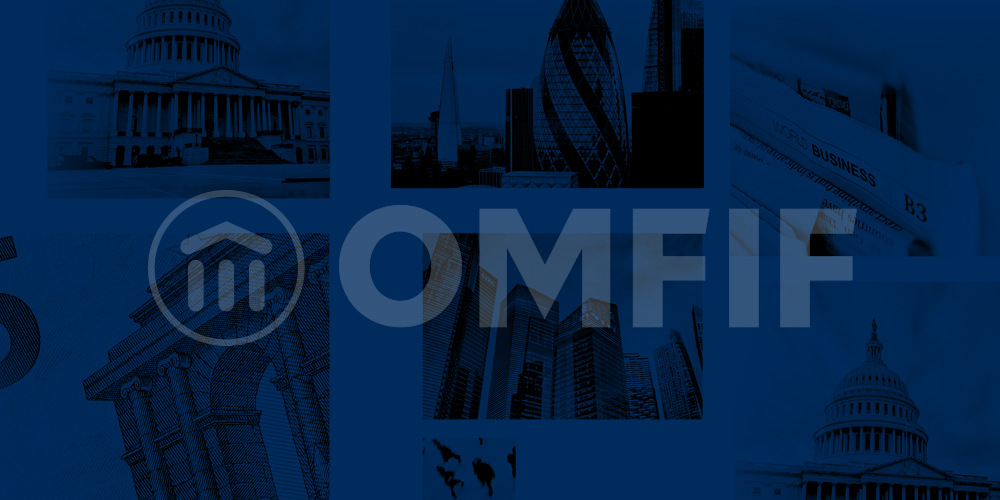The likelihood of the US Federal Reserve raising interest rates another quarter-point at its meeting on March 14-15 was all but confirmed this month when Janet Yellen, the Fed chair, said that an increase was likely to be ‘appropriate’.
Yellen had already indicated that every meeting of the Federal Open Market Committee, including the one in March, would be ‘live’ – that is, a rate adjustment would be possible. As the market remained sceptical but favourable data continued to pour in, Fed policy-makers became more explicit in their public pronouncements.
On 1 March, Lael Brainard, one of the more dovish members of the board of governors, said in a speech at Harvard University that the US was nearing full employment, inflation was approaching the Fed target, and overseas economic growth was picking up.
‘Assuming continued progress, it will likely be appropriate soon to remove additional accommodation, continuing on a gradual path,’ she said.
Members of the board are generally in consensus with the chair – Brainard’s hawkish comment converted the remaining sceptics.
The following day Jerome Powell, also on the board of governors, echoed Brainard’s remarks. He told CNBC that the case for a March interest-rate rise ‘has come together’. Earlier that week William Dudley, the head of the New York Fed, said the case for a March rise had become ‘a lot more compelling’.
‘It seems to me that most of the data we’ve seen over the last couple months is very much consistent with the economy continuing to grow at an above-trend pace. Job gains remain pretty sturdy, inflation has actually drifted up a little bit as energy prices have increased,’ Dudley said on CNN.
After these hawkish messages were confirmed by Yellen, in a speech in Chicago, markets considered a March rate increase a near-certainty, regardless of February’s unemployment figures. Speculation then shifted to when the next increase would come and whether the Fed would raise rates four times this year, instead of the three indicated in the most recent dot plot.
Before these comments, Fed officials had been ambivalent. Many analysts had discounted the possibility of a March rate rise.
In her mid-February testimony to Congress, Yellen reiterated that it would be ‘unwise’ to wait too long to raise rates and then have to hurry in a disruptive fashion. Policy-makers, she said, would continue to monitor progress on the inflation and employment fronts at their ‘upcoming meetings’ and adjust rates accordingly. It was the use of the plural, ‘meetings’, that made Fed watchers think an increase would not come as soon as March.
Nonetheless, ‘many participants’ at the February Federal Open Market Committee meeting said that it should raise rates ‘fairly soon’ if data were in line with or surpassed expectations.
Patrick Harker, president of the Philadelphia Fed and a voting member on the FOMC, speaking a few days after the February meeting, was even more adamant: ‘I think March should be considered as a potential for another 25 basis point increase.’ he said.
Meanwhile, the Fed’s board of governors, which has been down to five from its full complement of seven members for more than a year, will lose another member in April. Daniel Tarullo, the longest-serving member, will step down ‘on or around’ 5 April, according to a Fed statement.
Democratic opposition has slowed the appointments process so President Donald Trump is having trouble getting his top cabinet appointments confirmed in the Senate. If new Fed board members cannot get approved by the May FOMC meeting, the regional bank voters would outnumber board members by five to four.
Given the seeming consensus on the committee, however, this is not likely to make a huge difference, at least in the short term.
Darrell Delamaide is a writer and editor based in Washington.
